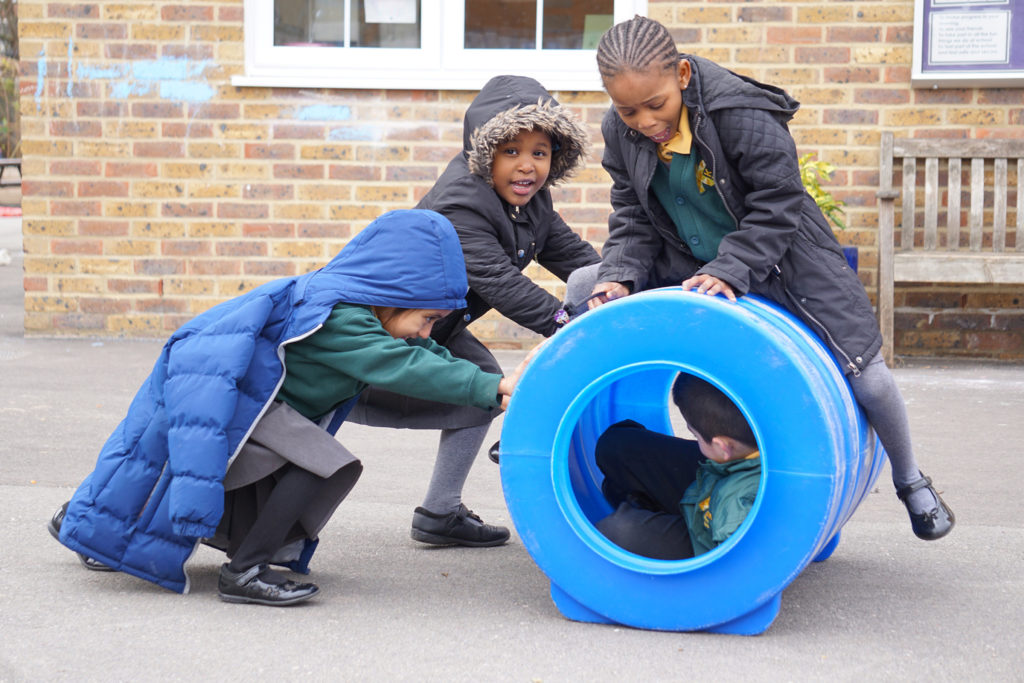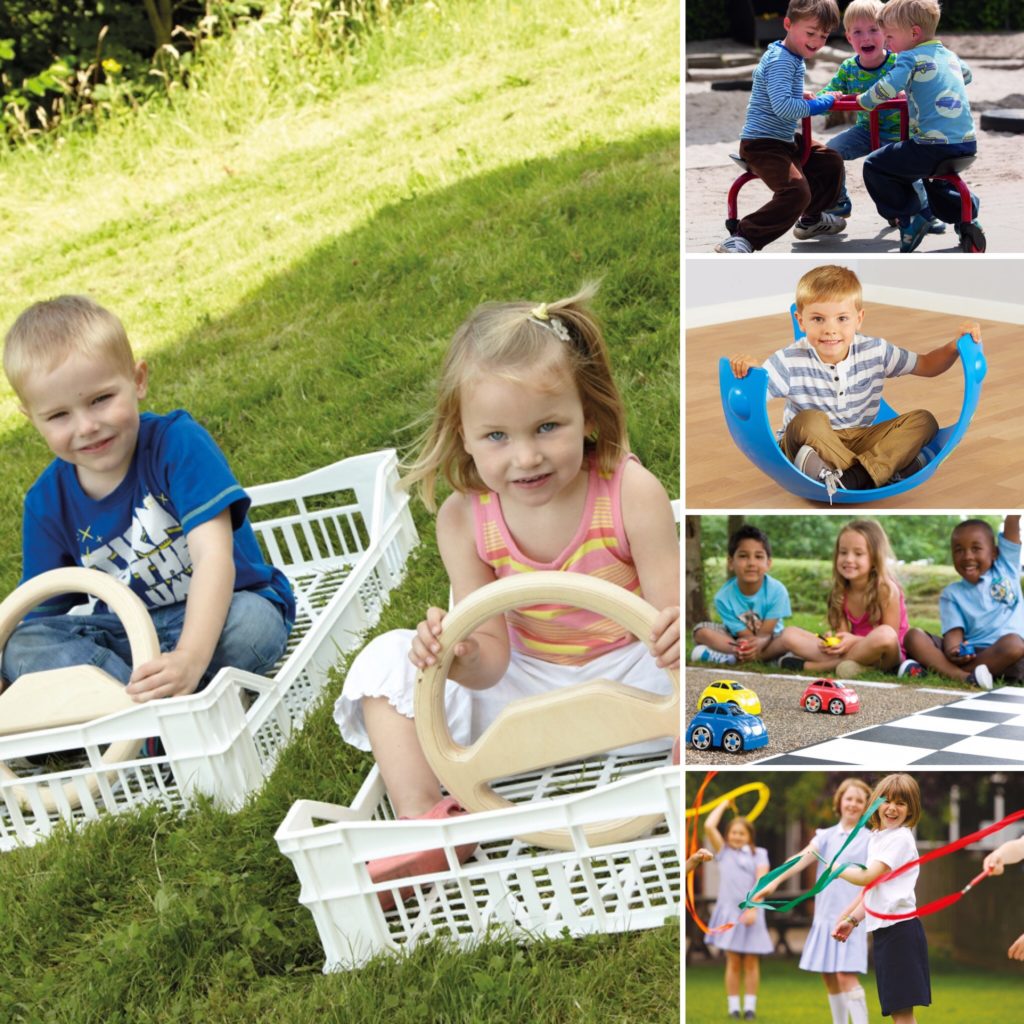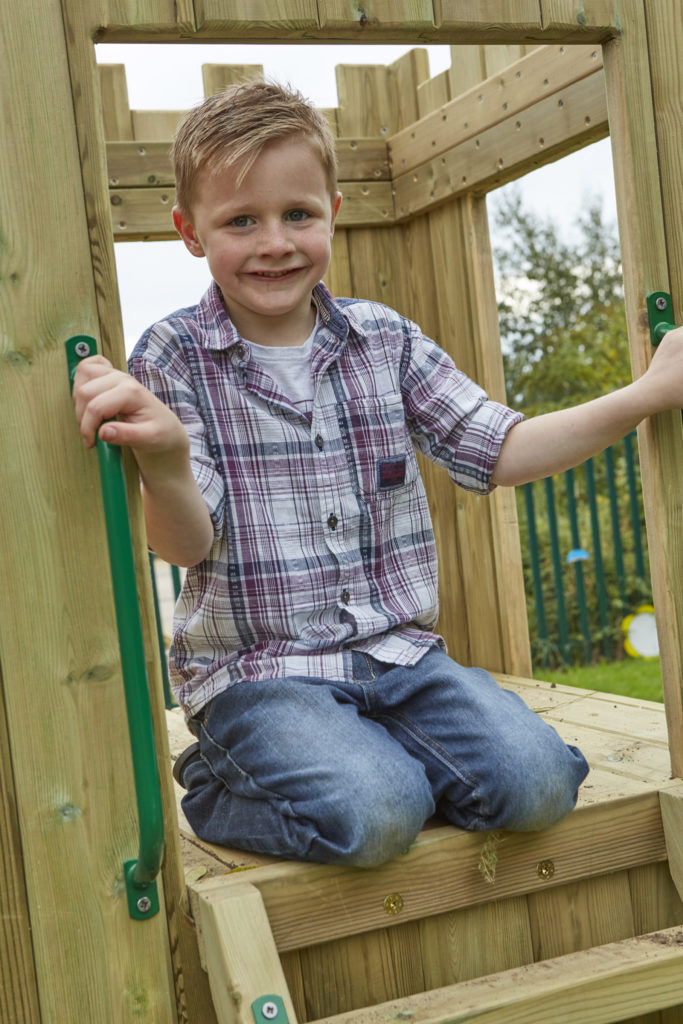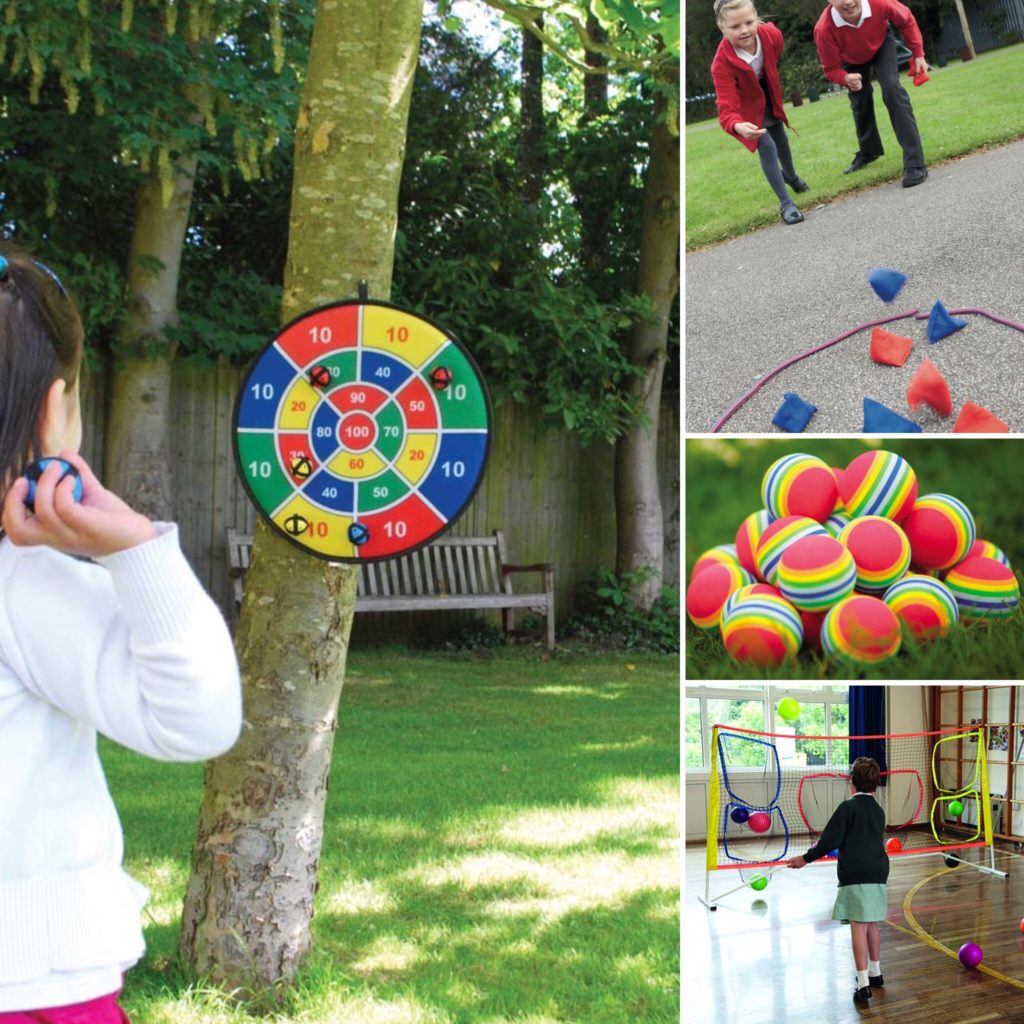Specialists in child development like Jean Piaget (1896 – 1980) also noticed that children’s play always seemed to fall into certain types of behaviours and called these patterns ‘schemas’.
Once you start to spot schemas, random play does not seems random any more, it makes perfect sense. It also means that you can think about more ways to extend children’s exploration of schemas that they have become interested in exploring.
Over a series of blogs I will look at all of the main schema of:
- Rotation and trajectory
- Enveloping and orientation
- Positioning and Connection
- Transformation
- Transporting
For now we will look at Rotation and Trajectory.
Rotation. Everything in the universe spins and rotates around everything else!
Children are fascinated by movement around a central point, you can move and go nowhere and you can make something else go fast but it stays where it is. Spinning helps children set the internal gyroscope of their inner ear. They want and need lots of opportunities to rotate themselves to orientate their bodies in a 3D world. You can explore self-rotation through turning around, spinning each other around and being on objects which spin you around. Sometimes equipment with a capacity to rotate can help provide this kind of important experience.
The rotation of other things needs an environment with the right kind of objects: things that are round like tyres, hoops, pipes and logs; things that are on axles like bikes, toy cars and steering wheels; and things that can be twirled around in circles like a ribbon on a stick, a plastic or foam pipe or a block of foam on a string.
Trajectory Whoosh! Pow! Zoom!
Trajectory is the joy of strong movement in a direction. Children love to feel the movement of their bodies in space and rejoice in their own power over the world in being able to make other objects move.
Whether it is running fast, jumping from a height, riding a bike or going down a slide we can see children’s fascination with the power of moving in a clear direction in much of their play.
From the time a baby hurls it first handful of food across the room or repeatedly drops their favourite toy out of the push chair, their exploration of the movement of the objects around them has already started. We only need to think of Formula 1 racing, archery, space travel, and all ball sports, to know our love affair with movement never stops.
Think about how your children can hurl, throw, lob, and chuck objects safely in your environment. Where and with what is it okay for them to throw far, or high or hard? Objects such as balls, beanbags and targets perhaps?
With thanks to Michael Follett BA Hons, PGCE, for writing this post. Michael is a former playworker, teacher and school improvement officer. He is currently director of OPAL and works with primary schools across the UK.


OPAL Outdoor Play and Learning CIC Ltd is a registered community interest company dedicated to improving the quality of play in primary schools and early years settings.






